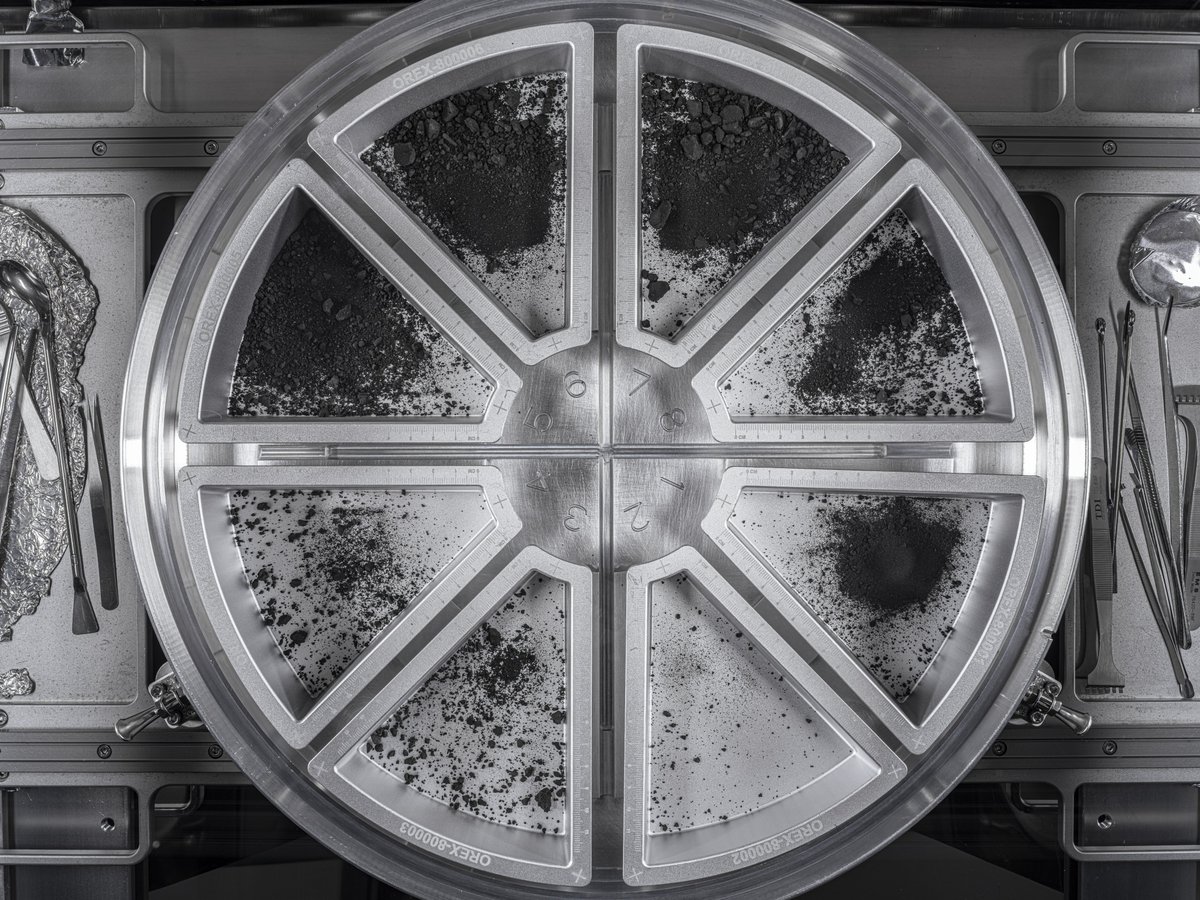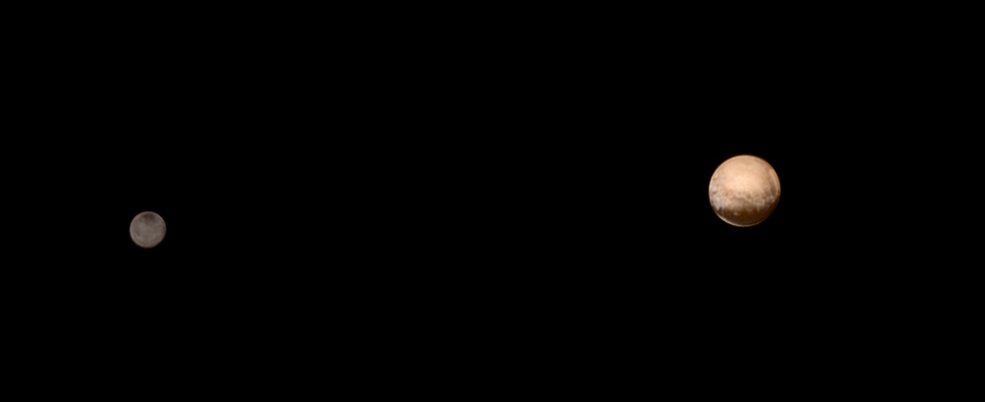At this very moment, our #JunoMission is approaching Jupiter’s giant moon Ganymede. Learn more about this historic flyby: missionjuno.swri.edu/news/nasas-jun…
Track Juno’s position in real time with our 3D solar system simulation: go.nasa.gov/3x1a5kU
Track Juno’s position in real time with our 3D solar system simulation: go.nasa.gov/3x1a5kU

The Juno spacecraft continues its approach on the night side of Ganymede.
Current distance to Ganymede: about 16,000 miles (26,000 kilometers).
Speed relative to Ganymede: about 41,000 MPH (66,000 kilometers per hour).
Current distance to Ganymede: about 16,000 miles (26,000 kilometers).
Speed relative to Ganymede: about 41,000 MPH (66,000 kilometers per hour).

Closing in! Current distance: 6,000 miles (9,600 kilometers). Current speed: 41,300 MPH (66,500 kilometers per hour). 

Closest approach! Distance: about 645 miles (1,000 kilometers). Speed: about 41,500 MPH (66,800 kilometers per hour).
It's our first close Ganymede flyby in 20 years! Stay tuned for images & science results. Meanwhile, learn more about the #JunoMission: missionjuno.swri.edu
It's our first close Ganymede flyby in 20 years! Stay tuned for images & science results. Meanwhile, learn more about the #JunoMission: missionjuno.swri.edu

Departing Ganymede. Next up: a super-close pass over the cloud tops of Jupiter – the 34th of Juno's mission to the giant planet – will take place on June 8. 

• • •
Missing some Tweet in this thread? You can try to
force a refresh

























